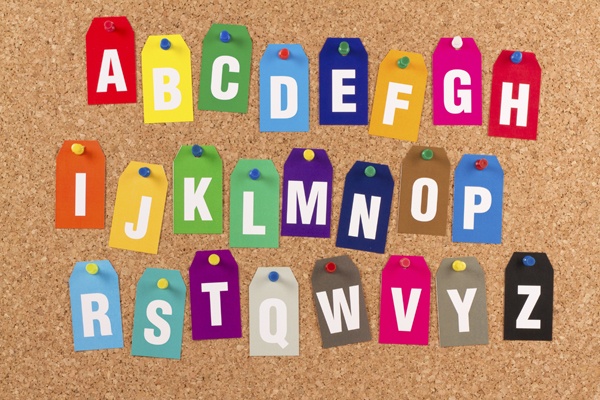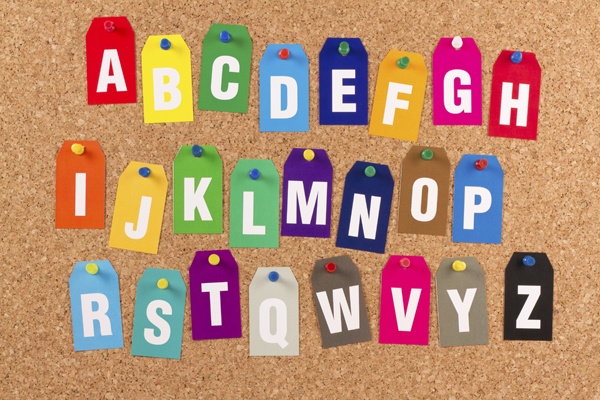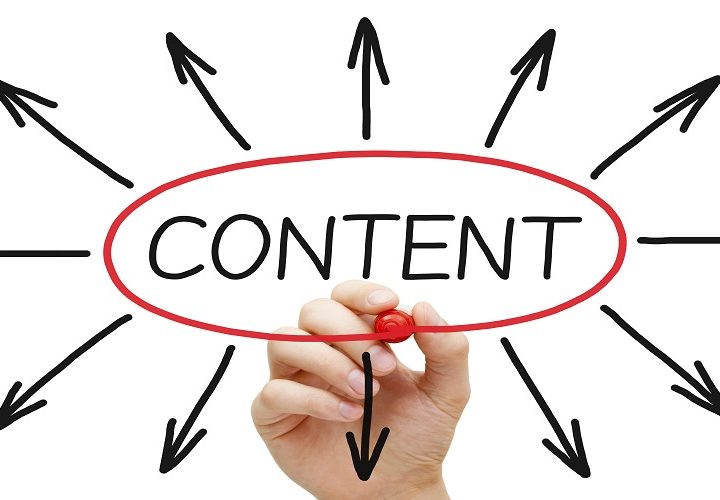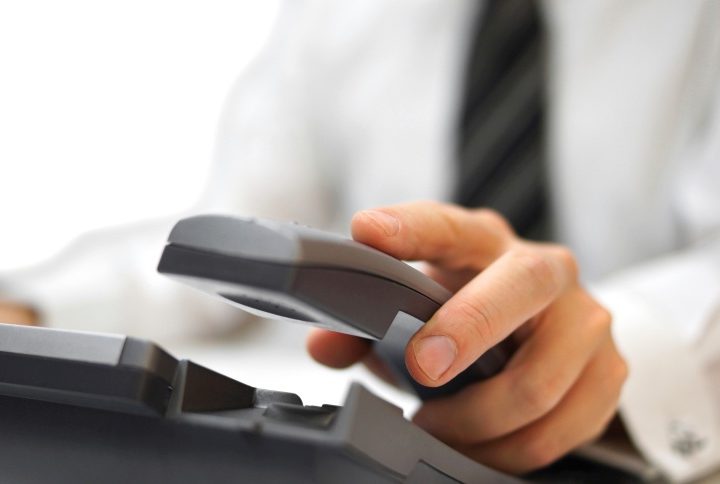
“Tone” is an abstract but critical concept for marketing. Just like perfect pitch is rare in singing, perfect tone is equally rare. In general, tone refers to how you’re delivering your message to the audience, and it’s important to understand the importance of the right tone. In the end, tone is the reason people keep listening.
While it’s impossible to create a sure-fire formula for the perfect tone every time, there are considerations to improving your tone across all platforms. Just remember ABC and you’ll be well on your way to better marketing.

Image credit: kadirkaba / iStock / ThinkStock
Audience
As always, the more you know about your audience, the better your marketing message will be. Age, gender, relationship status, and more factors impact what tone will work best. However, do not focus on stereotypes and supposed best practice attempts (especially for groups such as millenials). Research your particular audience segment in depth and, preferably, read content generated by the target you want to hit. That will provide a better understanding of how to tailor your tone to your demographic.
Learn where your audience spends their time, what marketing messages they resonate best with, and the language the audience already uses. Once you do that, your message will go further.
Branding
Your own company’s brand guidelines should influence how you speak in advertising. Depending on the type of product and how you want to position yourself in the market, you could stick to terms like “informative” and “friendly,” or be more detailed about exact wording whenever you discuss the product or service. No matter what you do, keep it consistent throughout the marketing. It’s jarring to encounter wildly different tones within the same company, making consumers less likely to stick with your company.
Make sure your brand guidelines allow for the same general tone to translate across all channels you’re using.
Context
Each media channel out there has its own norms and best practices for effective language. While companies often go for similar messaging but different wording between traditional media channels— shorter, snappy headlines for outdoor and entertainment value for radio— they very frequently they fall flat online. How often have you seen a tweet copied from Facebook, or a blog post that looks like it comes straight out of a magazine? You should be adjusting your tone to the environment you’re putting it in, which includes how people use the channels.
Learn online media as much as you learn traditional media. You cannot simply copy/paste your traditional marketing tone on the web and expect it to work. Take the time to adjust, especially considering how much of your audience is online.
—
Remember A, B, C, and you’ll find tone is as easy as 1, 2, 3.









